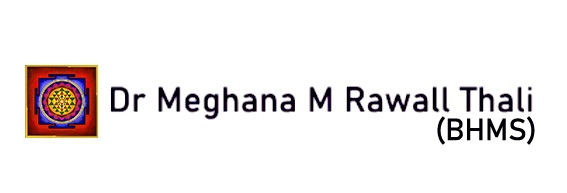- Estrone (E1) is the primary form of estrogen that your body makes after menopause.
Estradiol (E2) is the primary form of estrogen in your body during your reproductive years. It’s the most potent form of estrogen. - Estriol (E3) is the primary form of estrogen during pregnancy.
Like other types of estrogen, estrone forms in the adrenal glands and fatty tissue (adipose tissue). The ovaries also produce estrone.
- Estrone can convert to estradiol when your body needs a stronger type of estrogen. Estradiol helps maintain natural female reproductive processes, such as:
- Releasing mature eggs during the menstrual cycle.
- Thickening the uterine lining to prepare for fertilization.
- Everyone has natural estradiol and estrone-converted estradiol, which help to maintain: Bone health. Cognitive function.
Production of nitric oxide, a molecule that helps blood vessels open.
All types of low estrogen, including estrone, can increase your risk of osteoporosis. In people who continue to experience
fatigue, hot flashes, low libido, Menstrual migraine, Difficulty sleeping, Dry skin, IRREGULAR PERIODS.
USUALLY, HRT is suggested, which helps to a certain extent but may have its repercussions.
#homoeopathy has some fabulous #hormonestabilizer also #lifestylechange is much required. #cardiovascularexercise #nutritiousdiet #managestress #sleep #libidoboost
FOOD BOOSTING ESTROGEN
Dark chocolate
Flax seeds
Sesame seed
Berries/peaches
Soybean.
#estrogen #perimenopause #estrogendominance




